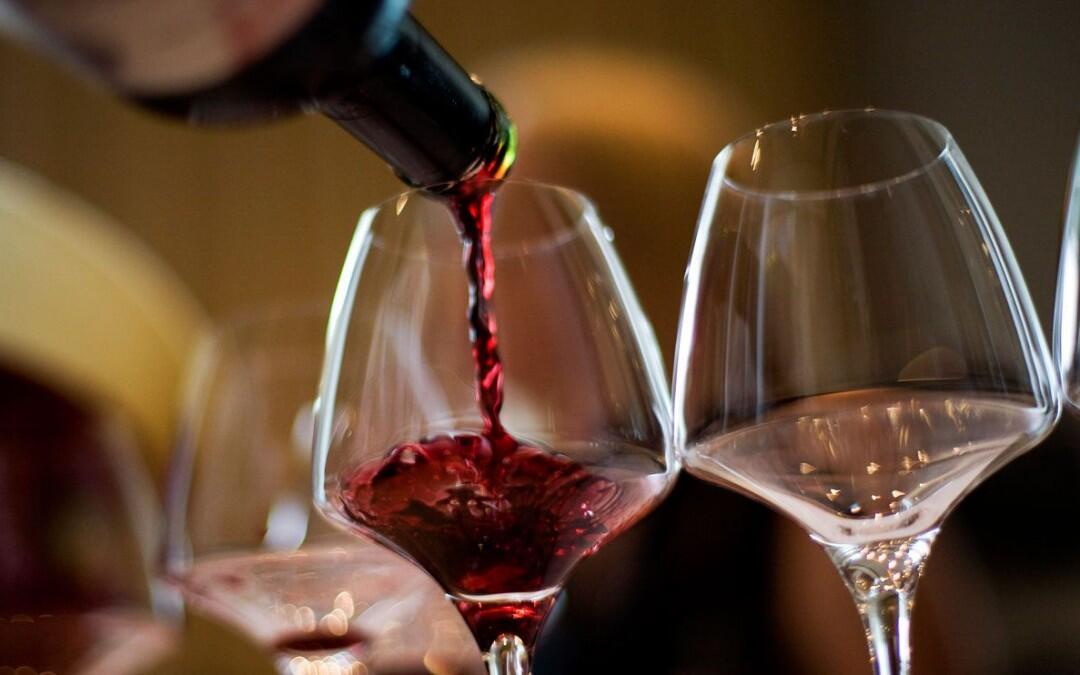Out of the many things climate change will affect is wine. Yes, you’re reading correctly, as the grapes out there used to make one might be affected. In a good or a bad way, negative or positive, several studies have been conducted, and recent research is conveying two choices, some researchers insist that climate change is ruining wine, while others confirm that climate change is improving wine, and might make it a lot tastier.
A study by scientists at Columbia University’s Lamont-Doherty Earth Observatory and the Nasa Goddard Institute for Space Studies found that from 1980 onwards, the harvest was an average of two weeks later in France compared to the 400-year average.
Professor Elizabeth Wolkovich, an ecologist at Harvard University, said the switch had not harmed the wine industry yet but it was only a matter of time.
She said “so far, a good year is a hot year” but noted that the hottest year on record in France, 2003, led to the grapes being picked a full month earlier than usual yet they were not a particularly good vintage. “That may be a good indicator of where we’re headed” she said, “If we keep pushing the heat up, vineyards can’t maintain that forever”.
If the trend continues, wine production will be forced to move other parts of the world with famous wine growing regions like France and California being replaced by China or Canada.
Liz Thach, a professor of management and wine business at Sonoma State University in California, said the study confirmed what growers already knew. She said: “Some people may still be skeptical about global warming, but not anyone in the wine industry.
“Everyone believes it, because everyone sees it year by year—it’s here, it’s real, it’s not going away.”
“Now, it’s become so warm thanks to climate change, grape growers don’t need drought to get these very warm temperatures,” said lead author Benjamin Cook, a climate scientist at Columbia University’s Lamont-Doherty Earth Observatory and NASA’s Goddard Institute for Space Studies. “After 1980, the drought signal effectively disappears. That means there’s been a fundamental shift in the large-scale climate under which other, local factors operate.”
The regions affected include familiar names: among them, Alsace, Champagne, Burgundy, Languedoc. These areas grow Pinot Noirs, Chardonnays and other fairly cool-weather varieties that thrive within specific climate niches, and turn out exceptionally after an early harvest.
Across the world, scientists have found that each degree Centigrade (1.8 degrees Fahrenheit) of warming pushes grape harvests forward roughly six or seven days. With this effect projected to continue, a 2011 study by Lamont-Doherty climate scientist Yves Tourre suggests that a combination of natural climate variability and human-induced warming could force finicky Pinot Noir grapes completely out of many parts of Burgundy.
Other reports say Bordeaux could lose its Cabernets and Merlots. A widely cited though controversial 2013 study projects that by 2050, some two-thirds of today’s wine regions may no longer have climates suitable for the grapes they now grow.
But other regions might beckon. Grapes no longer viable in California’s Napa Valley may find suitable homes in Washington or British Columbia. Southern England may become the new Champagne; the hills of central China the new Chile. Southern Australia’s big wineries may have to land further south, in Tasmania.
Tastier Wine
On the other hand, Scientists have discovered climate change may actually be making wine taste better.
They have found the conditions typically associated with high-quality wines have altered in recent years as temperatures have risen, resulting in consistently better vintages
In the past, high-quality wine tended to be associated with years where summer temperatures were high accompanied by a drought in the later part of the growing season. This allowed wine grapes to mature quickly while the late drought prevented excessive vegetative growth that could impact on the fruit production.
This combination of conditions generally produced early harvest dates which have become long associated with the best French wines.











